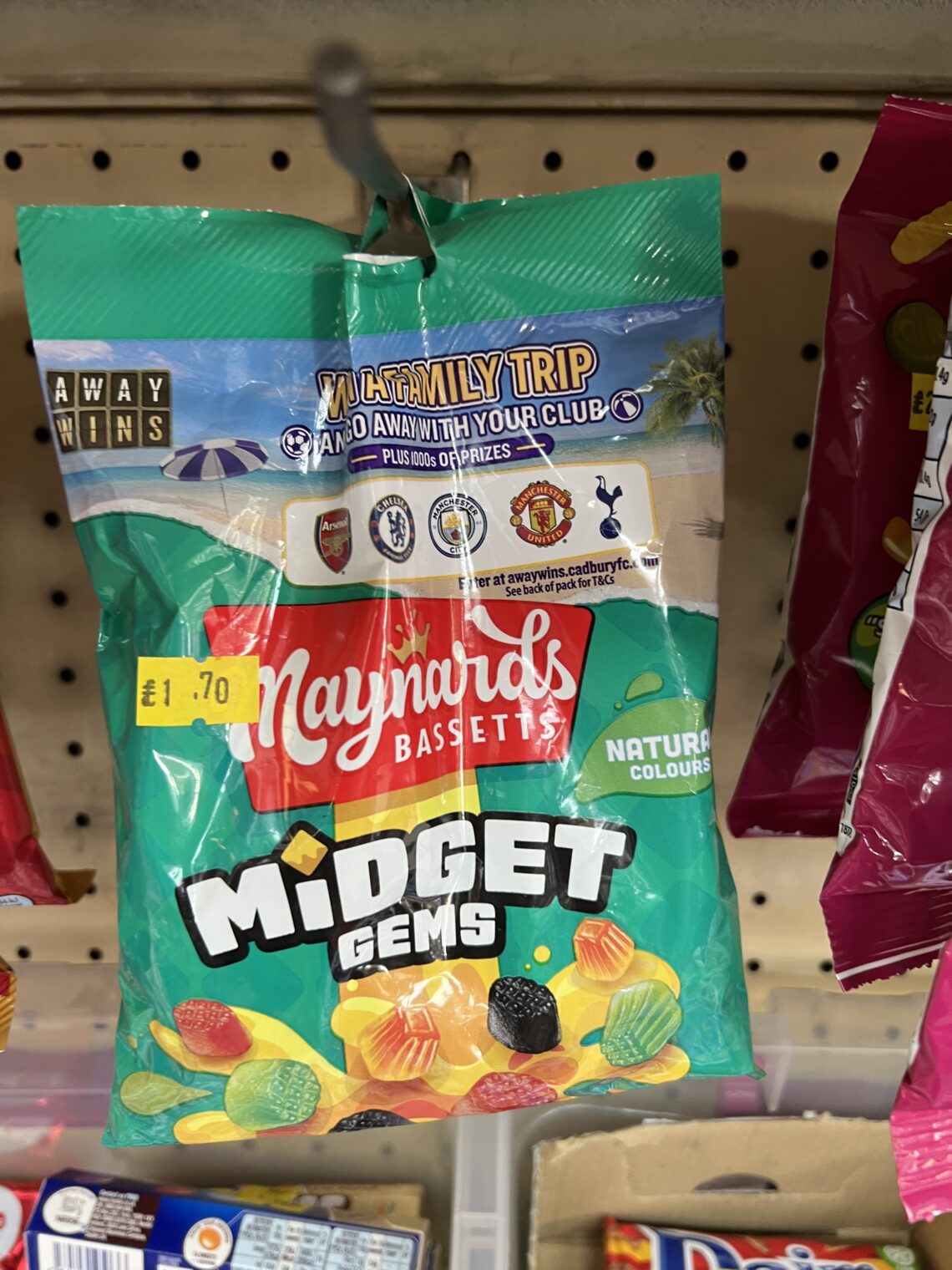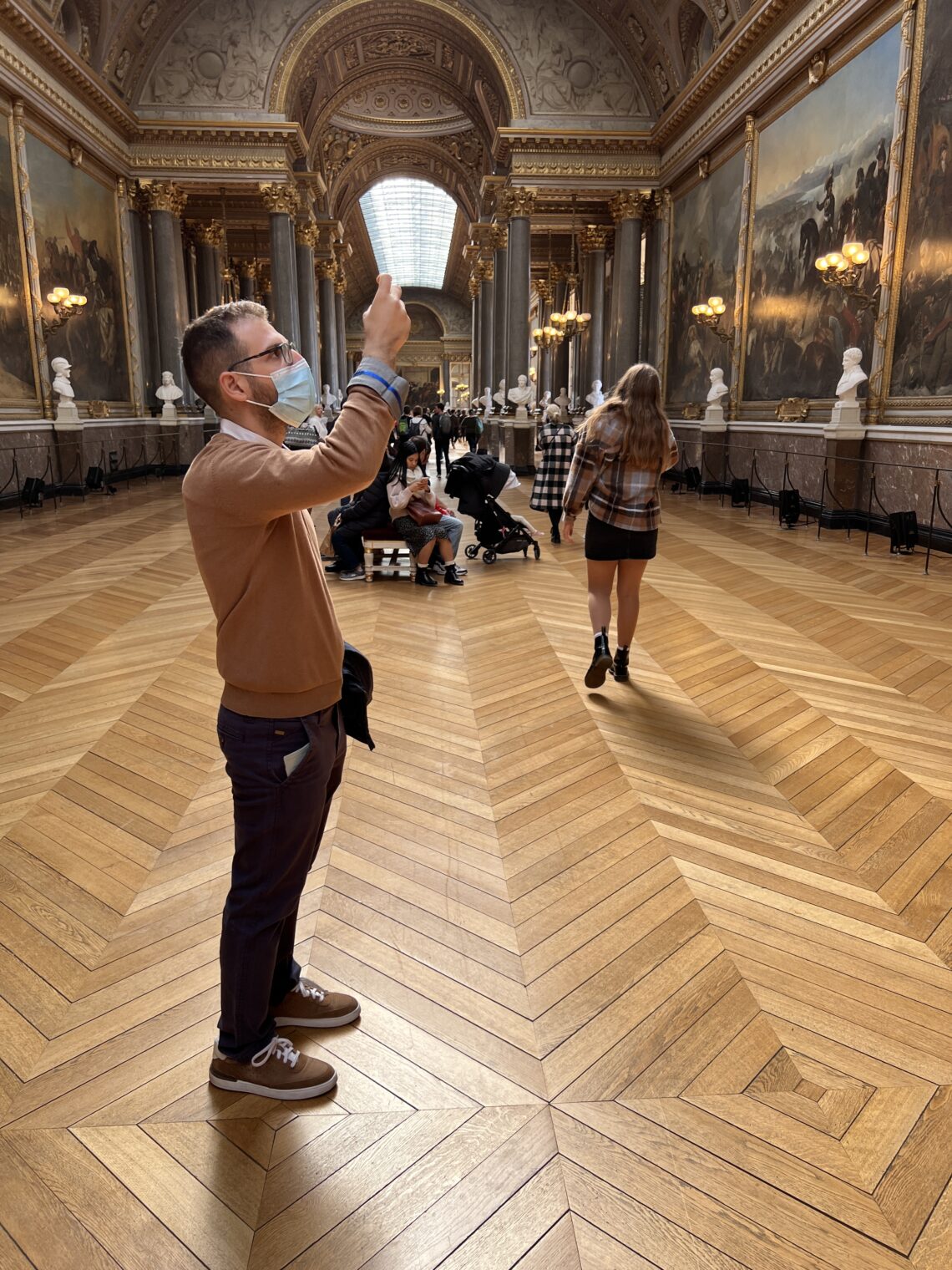Who can explain financial markets’ hatred for the new UK government?
There has been a lot of drama in the currency and bond markets regarding the new UK government’s economic policy, which sounds like it is along the lines of what the U.S. did in the 1980s. President Ronald Reagan proposed shrinking government with spending cuts so that tax cuts could be implemented; Congress agreed to the tax cuts, but refused to cut spending and the result was massive deficits, which eventually faded due to economic growth.
The UK government is already somewhat leaner than what we have in the U.S. Heritage says that the UK government consumes 42 percent of GDP, which is a touch higher than the US government (39 percent), but the UK figure includes nearly all health care spending. If we add government-mandated-and-regulated “private” health care to the US number, we get closer to 50 percent of GDP.
The business folks and investors with whom I spoke in the UK were generally positive regarding Prime Minister Truss‘s plan, which they felt would deliver a substantial amount of growth. They attributed much of the hatred and hysteria to an anti-Conservative press. On the other hand, hatred and hysteria in currency and bond markets isn’t usually driven by whatever the Guardian has to say.
One part of Truss’s plan seemed insane to me, i.e., preventing consumers from seeing that prices for energy have gone up. But the French are also doing it. Wholesale electricity prices are up 5X and consumers are paying… 1X. Party On with printed money.
“Liz Truss’s economic plan caused a furor. But it’s actually sound” (Washington Post, October 9):
Britain is the only Group of Seven country with a smaller economy today than in the fourth quarter of 2019, before the coronavirus pandemic. In the 40 quarters preceding the pandemic, its economy grew at an annual rate of less than 2 percent more than half the time.
Maybe a country where all of the young people get stumbling drunk every night at the pub isn’t ideally situated for growth?
The government’s tax plan would cancel a scheduled increase in the corporate tax rate to 25 percent from 19 percent and would make permanent a temporary increase in the annual investment allowance, letting businesses deduct the full cost of qualifying plants and machinery up to 1 million pounds in the first year.
This sounds reasonable to me! With a 25 percent rate, a company would have to be crazy to refrain from pushing all of the profits into Ireland (12.5 percent rate and full membership in the EU if frictionless trade with Europe is required). The depreciation simplification should front-load investment and activity and shouldn’t change the tax owed in the long run (spending one million pounds will yield one million pounds of deductions against revenue).
The most questionable parts of the plan are the income tax cuts. Reducing the basic rate of income tax by one percentage point, to 19 percent, will fuel consumption at a time when the Bank of England is attempting to curb inflation.
The prime minister’s proposal to eliminate the 45 percent tax bracket on incomes above 150,000 pounds per year — the top 1.1 percent — was also unwise in the current fiscal and economic environment, …
I’m not sure that a 45 percent rate is revenue-maximizing. At that rate, a Brit would get a great return on pushing activities offshore or structuring activities to get the 10 percent entrepreneur’s rate. The U.S. government is greedy for money and the top personal income tax rate is 37 percent (which works out to 37 percent in Florida or 50.3 percent in California).
It looks like the markets are locking Britain into the same policies that put it on the slow bus to economic mediocrity. Given some reasonable value placed on leisure and drunkenness, the decision to forgo the second job or language study and spend the evening in the pub with friends will be a rational one. For those who are ambitious, the decision to emigrate will likely be a rational one (one of our neighbors in Florida recently arrived from the UK, having accepted a transfer within a multinational industrial products company (held up for more than a year due to coronapanic restrictions on non-walk-across-the-border-and-claim-asylum immigration); he will do the same thing that he did in the UK, but for a much larger market).
What am I missing? My default assumption is that markets are right, but I can’t figure out what is so terrible wrong with the latest British government’s plans. Is part of the explanation that the pound isn’t the world’s reserve currency and therefore the consequences of deficit spending are more severe than they are for the U.S.?
Separately, how can a country full of midgets and randoms fail to thrive?













